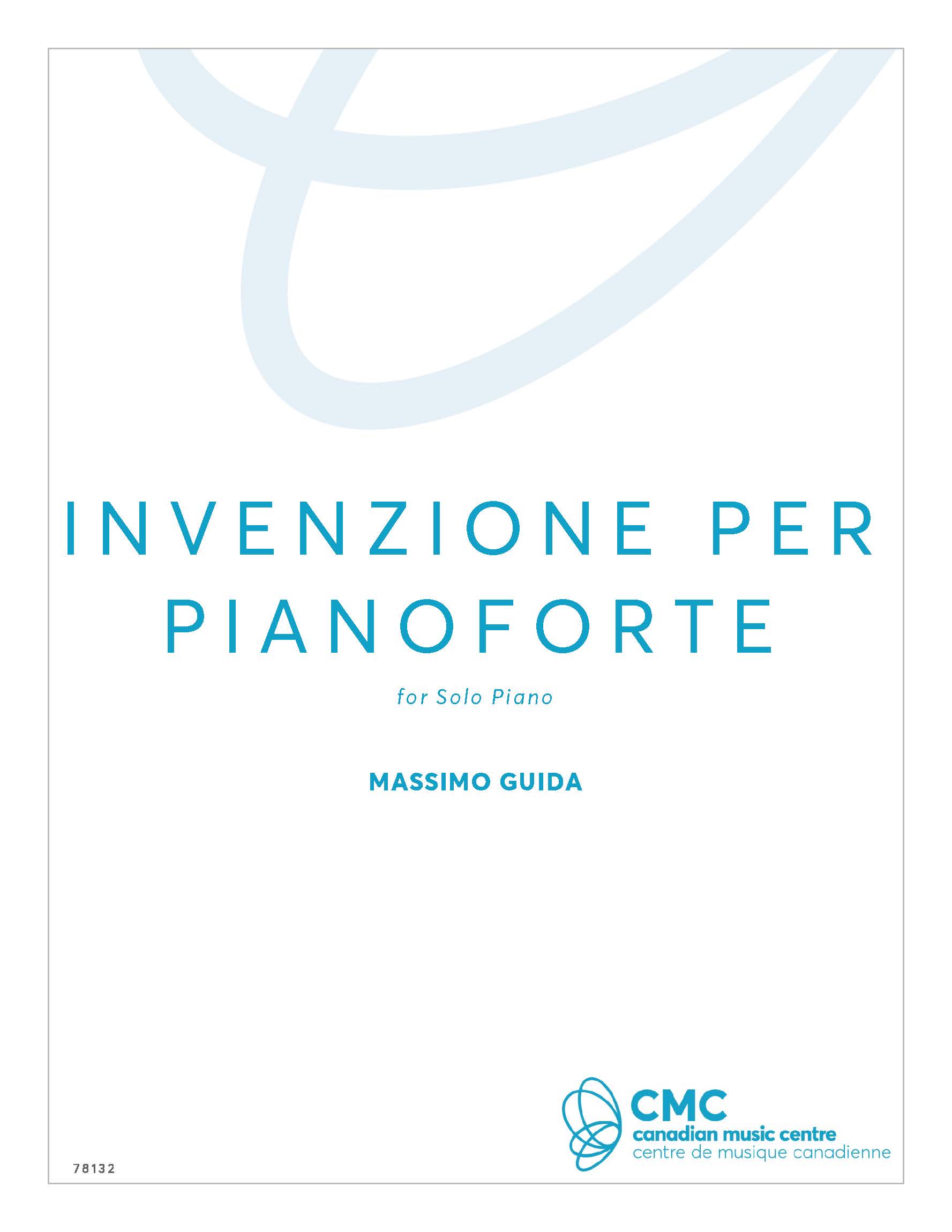This composition is a Neo-Baroque invention for solo piano, which is intended as a study in post-tonal counterpoint. Both the principal motivic material of the invention and its tonal structure are essentially octatonic; however, metred intervallic chromatic modifications are gradually made to the core motive throughout the work, in order to create tension, which are eventually resolved at its conclusion. The invention proper also makes use of jarring shifts in metre, which are employed throughout the work in order to generate further conflict. Although this piece makes use of the Baroque invention as an underlying formal framework, and initially adheres to this structure quite strictly, I later also apply several distortions to this musical structure: for example, each return of the subject is varied, giving instead the impression of a theme and variations form. Moreover, mid-way through the piece, the invention collapses, giving way to an interpolated adagio trio. Although this passage once again uses octatonic material and makes use of an inversion of the subject, there are significant differences between the trio and the invention. In contrast to the fast-paced, active, contrapuntal, and rhythmically driven character of the invention, the trio presents the main theme in a far more lyrical manner, and makes use of striking contrasts in tempo, tonality, dynamics, phrase structure, and texture. The return of the faster section leads to a fugato passage, in which additional voices are added. The texture becomes increasingly dense, leading it to resemble more of a sinfonia, although these fragmented statements of the subject are constantly interrupted. The dynamic level of the work continues to build, leading to the final, climactic reprise of the subject. One of my artistic goals in this work was also to establish a simple and familiar formal framework, and subsequently create tension by playing around with the audience’s expectations in regard to form, through structural distortions and formal deviations.

